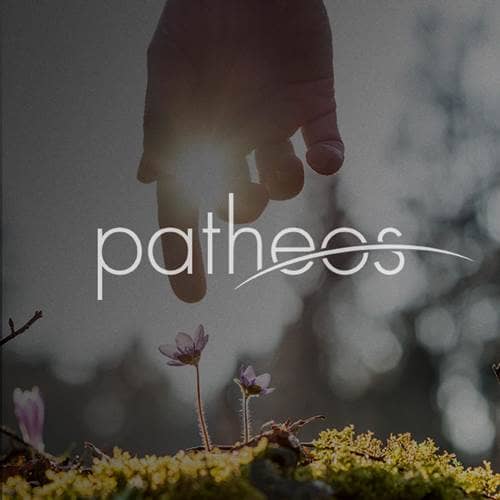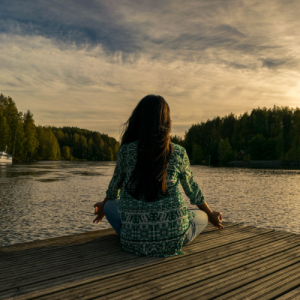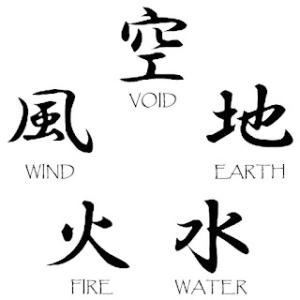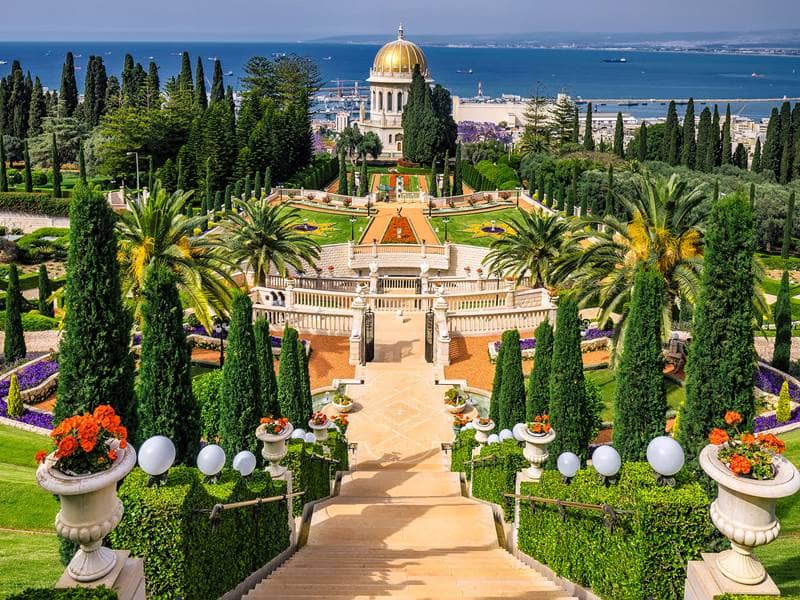
- Trending:
- Pope Leo Xiv
- |
- Israel
- |
- Trump
- |
- Social Justice
- |
- Peace
- |
- Love
The 100 Most Holy Places On Earth
Hanging Gardens of Haifa

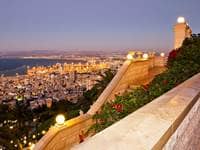
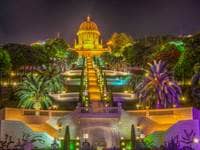
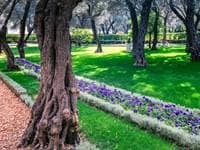
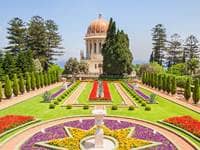
Also Known As:
Hanging Gardens of Haifa
Associated Faiths:
While it does draw some from traditions outside of the Baháʼí faith, most non-Baháʼís who visit are either non-religious tourists, practitioners of one of the dharmic tradition, or new-age Christians.
Accessibility:
Open to visitors. Clothing must cover the shoulders and reach to the knees. Around 750,000 people visit the site each year.
History
Each of the Baháʼí Temples have gardens which surround the edifice, but one of their most remarkable would be the “Hanging Gardens of Haifa” or the “Baháʼí Terraces.” These are among the most popular tourist attractions in Israel, located on the side of Mount Carmel. Hundreds of thousands of visitors are drawn to the site annually, and the peace and tranquility of the grounds are almost unmatched.
Completed in 2001, the Baháʼí Gardens consist of nineteen garden terraces with more than 1,500 steps ascending the side of the mountain. The central terrace houses the Shrine of the Báb—who was technically the founder or beginning of the faith, and the forerunner of Baháʼu'lláh (who would organize and systematize the faith’s teachings). Báb means the “gate” (as in the “gate to God”). The founder of Baháʼí is perceived as that “gate” because he was the prophet-herald of the Baháʼí faith, revealing the truth as to how humanity can best approach the divine.
The “Baháʼí World Center” is technically part of the Hanging Gardens of Baháʼí, but it is generally not open to tourists. Rather, it is where the faith’s “collective body” (consisting of nine international representatives) makes its decisions on behalf of the worldwide faith. The gardens encircle the center and have a similar purpose as the “World Center.” However, the gardens achieve their mission by provoking peace in visitors, whereas the “World Center” focuses on achieving that peace through the discussion of policy, governance of the faith, and the propagation of “Baháʼí holy texts.
Religious Significance
The Baháʼí “hanging gardens” (in Haifa, Israel) have been called the “spiritual focal point” for Baháʼí pilgrims. People visit the gardens and the Shrine of the Báb (from all corners of the world). Visitors walk the grounds, offer prayers, and seek to experience their own “manifestation” of the divine, creating their “sacred space” as they do so. Because practitioners of Baháʼí believe that their role is to transform the world into a place of peace, community, and love, it has been said that these gardens “are symbolic of the nature of the transformation which is destined to occur both within the hearts of the world’s peoples and in the physical environment of the planet.”
The sloped Baháʼí gardens of Haifa lead up to the Shrine of the Báb, which contains the remains of the founder of the Baháʼí faith. As a consequence, these gardens and, more particularly, the shrine that they encase, are considered the second most holy site on the face of the earth (by practicing Baháʼís). The only holier site would be the grave of Baháʼu'lláh (in Acre). The shrine and the gardens are considered a “gift to humanity,” as they are an inspiration and provocative of peace, as are the truths taught in the Baháʼí tradition.
For many in the world, nature is a place to connect with the divine. A sizable number feel that the “great outdoors” is a place where various citizens of the earth will sense God’s closeness and will for their lives. For practitioners of Baháʼí, theses gardens are a testament to that reality, and those who visit them often testify of the peace they felt therein, and the witness of God they recognized everywhere around them.


